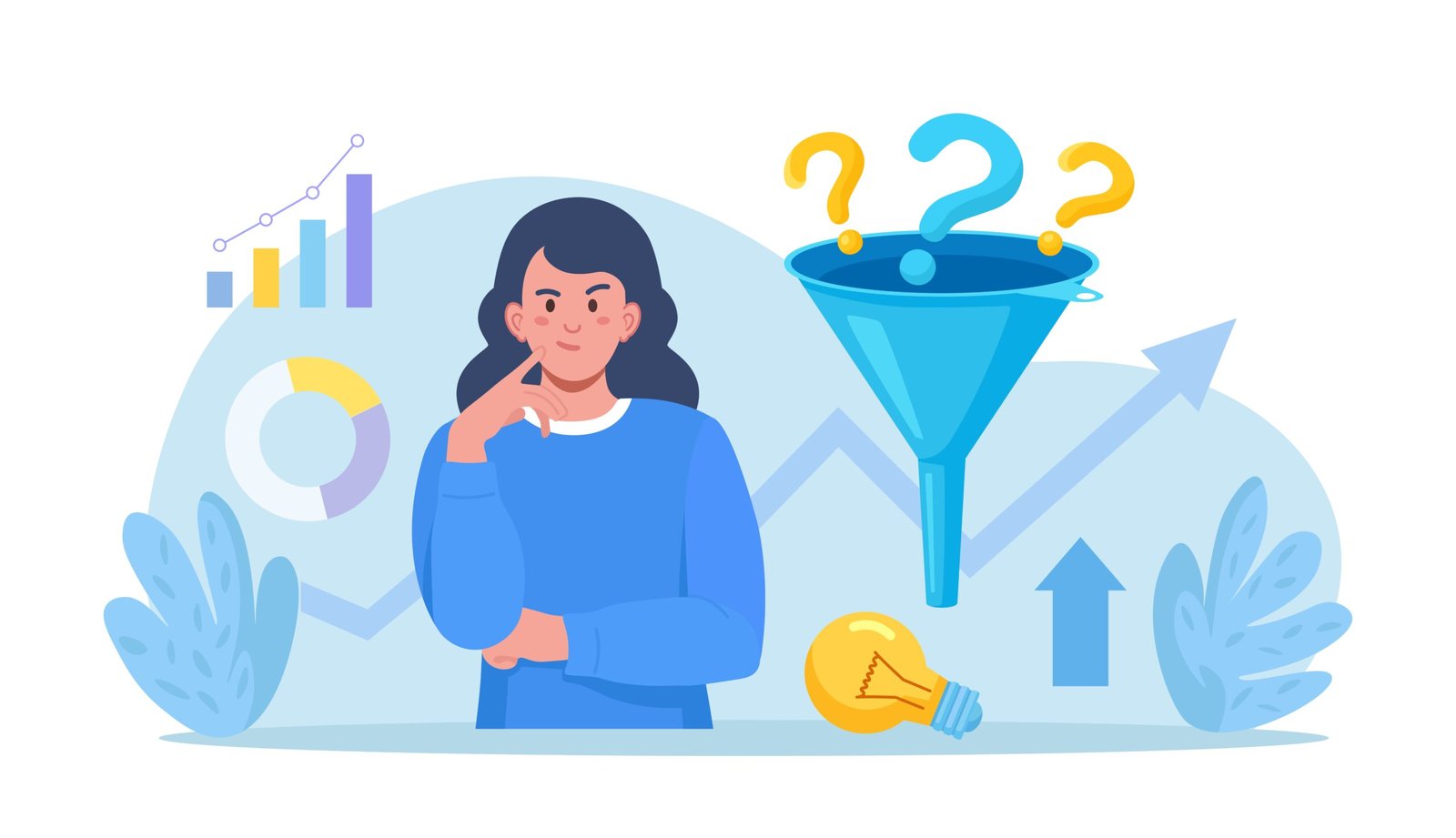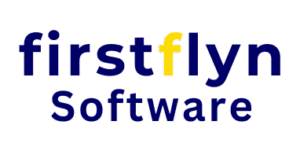
In the digital age, guiding potential customers through the conversion stage is both an art and a science. This crucial phase, where interest turns into action, requires a deep understanding of consumer behavior, strategic planning, and flawless execution. Whether you’re an e-commerce business aiming to drive online purchases or a B2B enterprise looking to secure long-term contracts, mastering the conversion stage is essential for sustained growth.
Understanding the Conversion Funnel
The conversion funnel is a model that represents the journey a customer takes from awareness to purchase. It narrows down from a broad pool of potential customers at the top to the committed buyers at the bottom. The conversion stage is the most critical part of this funnel, as it is where prospects make the final decision to either engage with your product or service or walk away.
Key Elements of the Conversion Stage
- User Experience (UX) and Interface (UI) Design
- Intuitive Navigation: A seamless and intuitive navigation system is vital. Users should be able to find what they need quickly and easily, without unnecessary clicks or confusion. Ensure that your website or application has a logical flow that guides users toward the purchase or commitment decision.
- Mobile Optimization: With the increasing number of users accessing websites via mobile devices, optimizing your site for mobile is non-negotiable. A mobile-friendly design ensures that the user experience remains consistent across all devices, reducing friction and increasing the likelihood of conversion.
- Fast Loading Times: Speed is a critical factor in user experience. Research shows that even a one-second delay in page load time can result in a significant drop in conversions. Ensure that your website is optimized for speed to keep users engaged and reduce bounce rates.
- Compelling Call-to-Actions (CTAs)
- Strategic Placement: The placement of CTAs can significantly impact conversion rates. Position them in high-visibility areas, such as the top of the page, at the end of content, or alongside compelling visuals, to catch the user’s eye.
- Action-Oriented Language: Use strong, action-oriented language in your CTAs. Phrases like “Buy Now,” “Get Started,” or “Request a Quote” create a sense of urgency and encourage immediate action.
- A/B Testing: Regularly conduct A/B testing to determine which CTAs perform best. This involves comparing two versions of a CTA to see which one drives more conversions, allowing you to refine your strategy over time.
- Trust-Building Elements
- Social Proof: Display customer reviews, testimonials, and case studies prominently on your website. Positive feedback from existing customers can significantly boost trust and influence new visitors to convert.
- Secure Payment Options: For e-commerce businesses, offering secure and diverse payment options is crucial. Display trust badges, SSL certificates, and guarantees to reassure customers that their financial information is safe.
- Transparent Policies: Clearly outline your return, refund, and privacy policies. Transparency in these areas reduces anxiety and builds confidence in your brand, making customers more likely to commit.
- Personalization and Targeting
- Segmented Email Campaigns: Use data-driven insights to segment your audience and tailor email campaigns to specific customer needs and behaviors. Personalized emails that address the recipient’s pain points or interests can significantly increase conversion rates.
- Dynamic Content: Implement dynamic content on your website that changes based on user behavior or demographics. For example, displaying different product recommendations based on the user’s previous interactions can make your offerings more relevant and appealing.
- Retargeting Ads: Utilize retargeting ads to reach users who have previously visited your site but did not convert. These ads serve as reminders and can guide them back to your site to complete their purchase or sign-up.
Strategies for Driving Purchases
Driving purchases is the ultimate goal for e-commerce businesses. To achieve this, focus on creating a frictionless shopping experience that makes it easy for customers to move from browsing to buying.
Streamlined Checkout Process
- Guest Checkout Options: Offer a guest checkout option to speed up the purchase process. Forcing users to create an account can lead to cart abandonment, so provide the option for them to complete their purchase quickly and easily.
- Progress Indicators: Use progress indicators during checkout to show customers how many steps are left. This reduces uncertainty and helps keep them engaged throughout the process.
- One-Click Payments: Integrate one-click payment options, such as Apple Pay or PayPal, to make the checkout process faster and more convenient.
Effective Upselling and Cross-Selling
- Relevant Recommendations: Offer upsells and cross-sells that are relevant to the customer’s current selection. For example, suggest complementary products or upgrades that enhance their purchase.
- Timing and Placement: Place these recommendations strategically during the checkout process, ensuring they are seen but not intrusive. The goal is to add value without disrupting the user’s journey.
- Incentives: Provide incentives, such as discounts or free shipping on additional purchases, to encourage customers to add more items to their cart.
Loyalty Programs
- Points-Based Systems: Implement a points-based loyalty program where customers earn points for every purchase. These points can be redeemed for discounts or free products, incentivizing repeat purchases.
- Tiered Rewards: Create tiered reward levels that offer greater benefits as customers spend more. This not only encourages initial purchases but also fosters long-term customer loyalty.
- Exclusive Offers: Provide exclusive offers, such as early access to sales or special promotions, to loyalty program members. These perks make customers feel valued and increase their likelihood of returning.
Strategies for Securing Commitments
For B2B companies, securing long-term commitments, such as contracts or partnerships, is critical. This requires building trust, demonstrating value, and ensuring that the decision-making process is as smooth as possible.
Comprehensive Proposal Development
- Tailored Proposals: Develop proposals that are customized to the specific needs and goals of each potential client. This shows that you understand their unique challenges and are prepared to offer a solution tailored to their requirements.
- Clear Value Proposition: Clearly articulate the value your product or service offers. Use data, case studies, and testimonials to support your claims and demonstrate how you can help the client achieve their objectives.
- Flexible Options: Offer flexible options within your proposals, such as tiered service levels or customizable packages. This allows clients to choose a solution that best fits their budget and needs.
Effective Follow-Up
- Timely Communication: Follow up with potential clients promptly after meetings or presentations. This shows your commitment and keeps the momentum going.
- Personalized Follow-Ups: Personalize your follow-up messages by referencing specific points discussed during your meeting. This helps reinforce your understanding of their needs and positions you as the ideal partner.
- Persistent Yet Respectful: Be persistent in your follow-ups, but also respectful of the client’s time. Strike a balance between staying top-of-mind and not being overly aggressive.
Negotiation and Closing
- Clear Terms and Conditions: Ensure that all terms and conditions are clearly outlined and agreed upon before moving forward. Transparency at this stage reduces the likelihood of misunderstandings later.
- Mutual Benefits: Highlight the mutual benefits of the partnership or contract. Show how both parties stand to gain from the agreement, making it a win-win situation.
- Closing Techniques: Use effective closing techniques, such as summarizing the benefits, addressing any last-minute objections, and creating a sense of urgency to finalize the deal.
Conclusion
Mastering the conversion stage, whether for driving purchases or securing commitments, is critical to the success of any business. By focusing on user experience, crafting compelling CTAs, building trust, and personalizing the customer journey, businesses can significantly increase their conversion rates and achieve sustained growth.
